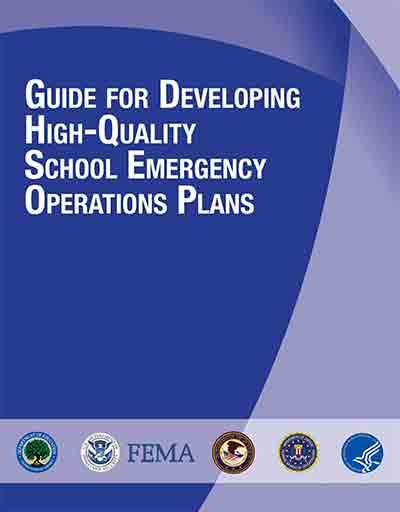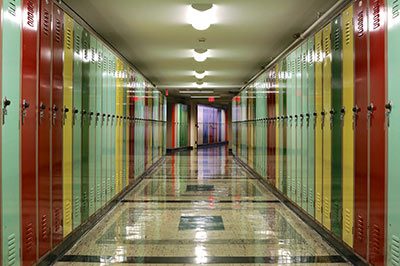Department of Homeland Security (DHS)/Federal Emergency Management Administration (FEMA), Department of Justice (DOJ)/Federal Bureau Investigation (FBI), United States Department of Education (USDOE), & Department Health and Human Services (DHHS), 2013. Lessons learned from school emergencies highlight the importance of preparing school officials and first responders to implement emergency operations plans. By having plans in place to keep students and staff safe, schools play a key role in taking preventative and protective measures to stop an emergency from occurring or reduce the impact of an incident. Although schools are not traditional response organizations, when a school-based emergency occurs, school personnel respond immediately. They provide first aid, notify response partners, and provide instructions before first responders arrive. They also work with their community partners, i.e., governmental organizations that have a responsibility in the school emergency operations plan to provide a cohesive, coordinated response. Community partners include first responders (law enforcement officers, fire officials, and emergency medical services personnel) as well as public and mental health entities.
We recommend that planning teams responsible for developing and revising school EOPs use this document to guide their efforts. It is recommended that districts and individual schools compare existing plans and processes against the content and processes outlined in this guide. To gain the most from it, users should read through the entire document prior to initiating their planning efforts and then refer back to it throughout the planning process.
The guide is organized in four sections:
- The principles of school emergency management planning.
- A process for developing, implementing, and continually refining a school EOP with community partners (e.g., first responders and emergency management personnel) at the school building level.
- A discussion of the form, function, and content of school EOPs.
- “A Closer Look,” which considers key topics that support school emergency planning, including addressing an active shooter, school climate, psychological first aid, and information-sharing.











